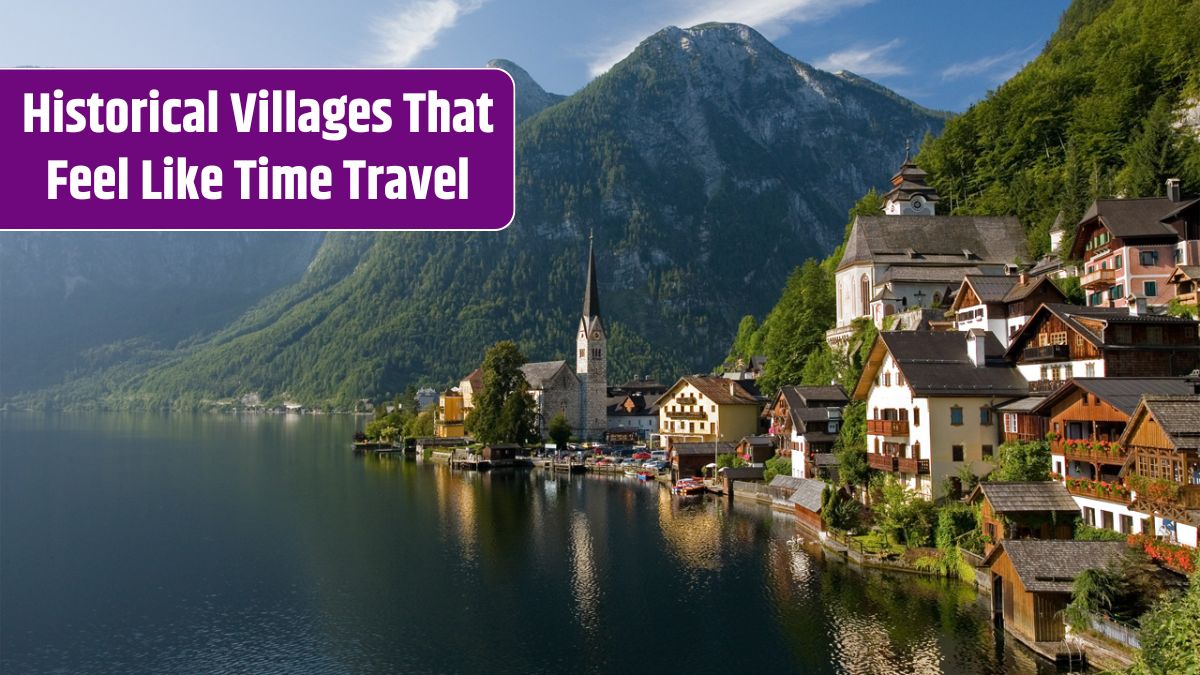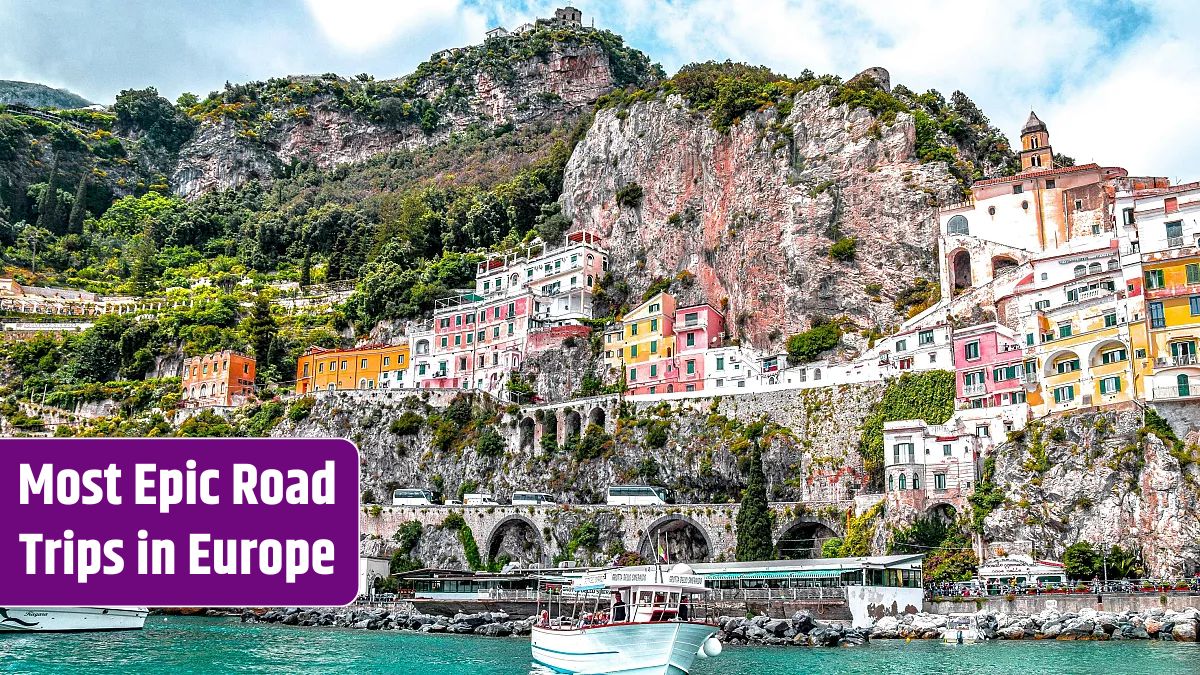Ever wish you could hop in a time machine and see what life was like centuries ago? Well, you don’t need sci-fi gadgets to do it—just visit a few of the world’s most preserved and magical historical villages. These places are like postcards from the past, where cobblestone streets, old stone cottages, and local traditions transport you straight into another era. Ready to walk where time stands still? Let’s look into the top four historical villages that feel just like time travel.
Table of Contents
Hallstatt
Nestled between a serene lake and the Austrian Alps, Hallstatt looks like it was plucked right out of a fairy tale. With roots dating back over 7,000 years, this tiny village was once a salt-mining hotspot. Today, it’s a picture-perfect scene of 16th-century alpine houses, gothic churches, and quaint wooden boats floating on the water.
Don’t miss the Hallstatt Ossuary—yes, a chapel full of hand-painted skulls. While that may sound a little spooky, it’s a powerful reminder of centuries-old local customs. Whether you’re exploring by foot or boat, Hallstatt is like flipping through the pages of an old European history book—except you’re living in it.
Shirakawa-go
Tucked in the mountains of Japan’s Gifu Prefecture, Shirakawa-go is famous for its thatched-roof houses called gassho-zukuri. These homes, some over 250 years old, were designed to survive heavy snowfall. Their steep, triangle-shaped roofs look like praying hands—and they’re just as peaceful as they sound.
Shirakawa-go gets especially magical in winter. Picture this: snow-dusted rooftops, glowing lanterns, and absolute silence except for the crunch of your boots in the snow. It’s not just beautiful—it’s like being dropped into an old-world samurai movie, only without the sword fights.
Rothenburg
If medieval charm had a capital, Rothenburg ob der Tauber in Germany would wear the crown. This walled village is straight-up storybook material. Half-timbered houses lean charmingly on cobblestone alleys, and every corner feels like a scene from a Brothers Grimm tale.
Want to feel like you’re in the 1300s? Climb the old city wall, wander into medieval churches, or pop into a shop that sells nothing but Christmas decorations—yes, all year round. Rothenburg isn’t just preserved—it’s practically frozen in time, like someone hit pause on the Middle Ages.
Giethoorn
Often called the “Venice of the North,” Giethoorn in the Netherlands swaps roads for canals. That’s right—no cars here. Instead, you’ll be floating down peaceful waterways, passing under charming wooden bridges, and waving to locals gardening beside 18th-century farmhouses.
This village is all about slow living. Even the mail gets delivered by boat! If you’ve ever wanted to experience life before highways and high-rises, Giethoorn is your dream come true. It’s calm, it’s quiet, and it’s everything modern life isn’t.
These historical villages prove you don’t need a time machine to explore the past. Whether it’s snow-covered rooftops in Japan, medieval walls in Germany, or a boat ride through Dutch canals, each village offers a totally immersive, time-travel-like experience. So if you’re craving an adventure that’s equal parts history and magic, these spots should be high on your travel bucket list.
FAQs
Where is Hallstatt located?
Hallstatt is in Austria, by the Hallstätter See lake.
Why is Shirakawa-go famous?
For its gassho-zukuri thatched-roof farmhouses.
Is Rothenburg a real medieval town?
Yes, it’s a fully preserved medieval village in Germany.
Can you drive in Giethoorn?
Nope, Giethoorn has no roads, just canals.
Which village has painted skulls?
Hallstatt has an ossuary with hand-painted skulls.









